What Was the Bubonic Plague?
It is no secret that disease can be very dangerous to us. We are quite cautious in society and when we do fall ill, the disease is usually only quite mild. In some cases, however, a disease can be very dangerous indeed. Among the most dangerous of all is the bubonic plague.
The bubonic plague is a very dangerous disease that has ravaged the planet on more than one occasion. Modern medicine and hygiene standards, have made the disease far less dangerous than it used to be. It can still be fatal, however, and some people do still die from the disease.
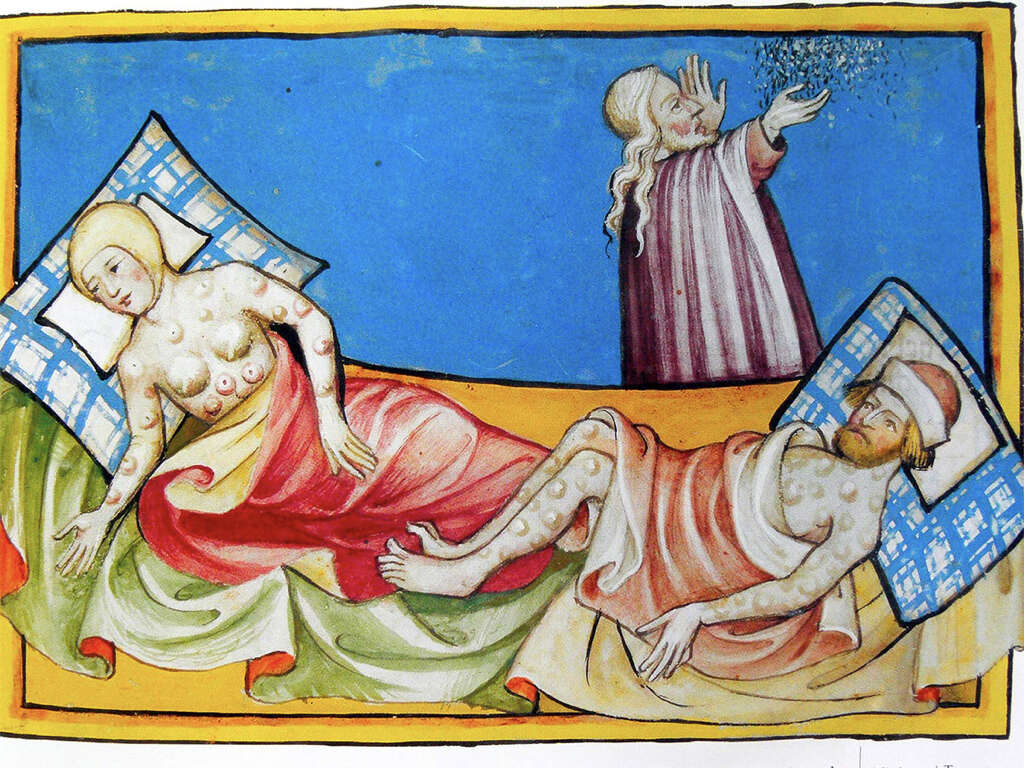
1. The Black Death
The black death is a name commonly given to a devastating outbreak of the bubonic plague. It swept through much of the world in the 14th century, causing an estimated 50 million deaths. Continental Europe was the hardest hit and it is estimated that between 30% to 60% of the population of Europe lost their lives.
Such was the extent of the loss of life that it took much of Europe 200 years to return to previous population levels. The disease devastated communities and economies and the disease has helped to change the course of history forever. The disease is still extant today, but is thankfully far less of a threat than it used to be.

2. Yersinia Pestis
The bubonic plague was caused by an infection by the yersinia pestis bacterium, which lives in small rodents such as rats and mice. The disease can cause three different types of plague, all three of which can infect humans. In addition to the black death, which devastated much of the world, there have also been other outbreaks.
Other outbreaks of the disease include the modern plague, which occurred late in the 19th century. Although not as devastating as the black death the modern plague is still estimated to have taken 10 million lives. Studies have shown that the plague may also have devastated human populations in the Neolithic period.
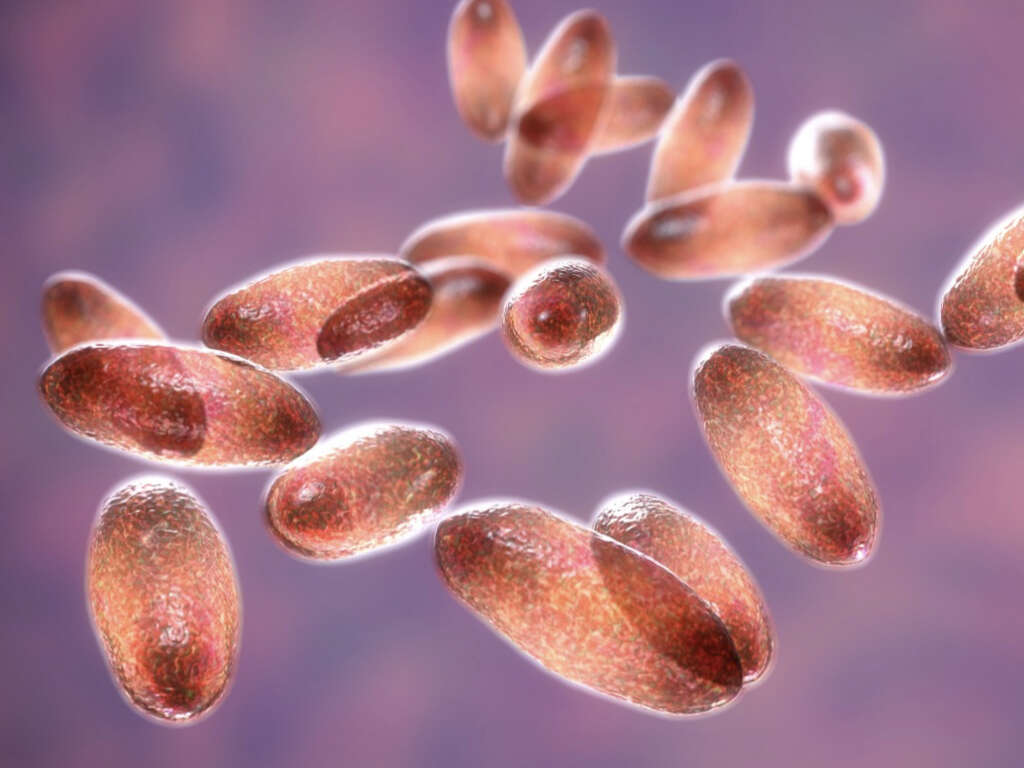
3. Transmission
The bacterium responsible for the plague can infect a number of animals. These include rats, mice, rabbits, prairie dogs, voles, chipmunks, and squirrels. The disease is closely associated with the black rat which was thought to have been behind the spread of the disease. This reputation is not entirely deserved, however.
While the black rat certainly helped with the spread of the disease, it was actually fleas that were responsible for most cases. The fleas would feed on an infected animal, becoming infected themselves, and would then later feed on a person. People could also become infected through infested blood, and also from coughs (pneumonic plague).

4. Buboes
Perhaps the most characteristic symptom of the bubonic plague was buboes, which were painful and swollen lymph nodes. It is from this symptom that the bubonic plague in particular got its name. They are caused when the yersinia pestis bacterium makes its way to the lymph nodes where it can then begin to reproduce.
Perhaps one of the most striking aspects of buboes is that they could turn necrotic and begin to decay the tissues surrounding the nodes. They would also sometimes rupture, leaking infectious pus when they did. Before the days of antibiotics, bursting the buboes would help increase the patient’s chances of survival.
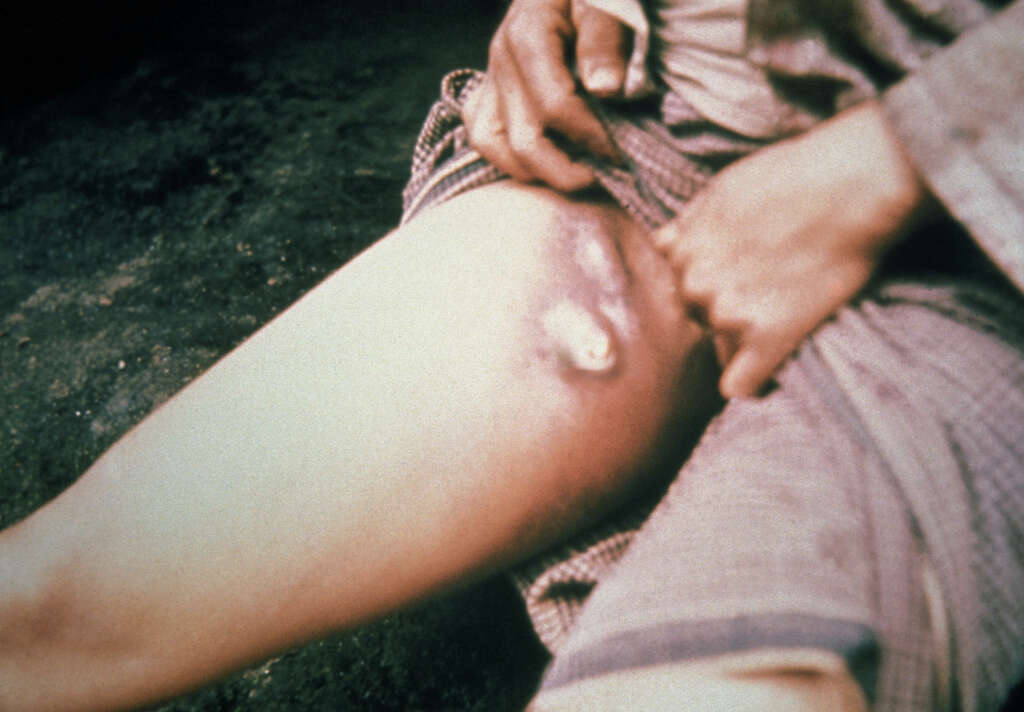
5. Bubonic Plague
The bubonic plague is perhaps the best known of all three types of plague and is often recognized for its characteristic buboes. These buboes will usually begin to show around one week after being infected by the bacterium. These buboes would be very tender to the touch and could grow to the size of a chicken egg.
Other symptoms of the bubonic plague include a headache, fever and chills, aching joints and muscles, and fatigue. Estimates put the modern fatality rate without treatment at between 30% to 90%. Even with treatment from modern medicine, the fatality rate is estimated to be around 10%.
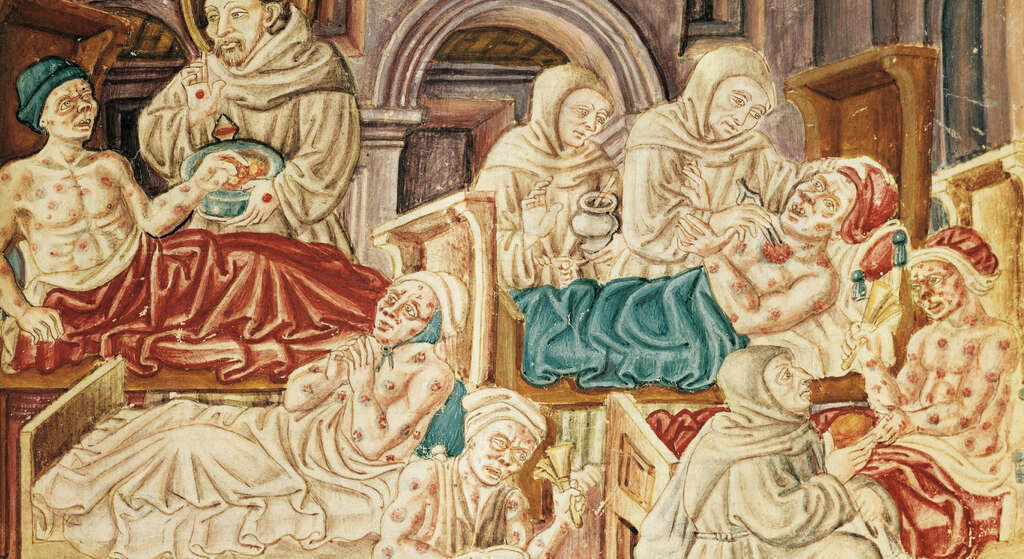
6. Septicemic Plague
Septicemic plague is the rarest of the three types. It is usually caused through the bite of an infected flea, although contact with infected blood is also sometimes the cause. In some cases, it can be caused by the bacteria when the patient already has bubonic plague, meaning they then have more than one type.
One of the most notable symptoms of septicemic plague is gangrene in the extremities. Other symptoms include fever, fatigue, abdomen pain, and bleeding from various parts of the body. Nearly all people will die from septicemic plague if it is not treated. This figure is reduced to between 4% and 15% for people that treated.

7. Pneumonic Plague
Pneumonic plague happens when the bacterium infects the patient’s lungs. It tends to be transmitted from person to person by tiny droplets when an infected person coughs. The disease is very aggressive and symptoms can appear just a few hours after the initial infection took place.
Symptoms of the pneumonic plague include coughing, nausea, headache, chest pain, fatigue, fever, and difficulty breathing. When the disease is fatal, it is usually because of shock and respiratory failure. The condition is nearly always fatal without treatment, and treatment needs to be given within 24 hours to give the patient the best possible chance of recovery.

8. Risk Factors
The bubonic plague, and other varieties, are thankfully very rare today. It is still extant, however, and around 5,000 cases are reported every year. These cases are mainly concentrated in parts of Africa and Madagascar, so people living here are at a higher risk of getting the disease than others are.
Other people that are at a higher risk include those who will be venturing into areas where they are likely to encounter animals infected with the bacterium. This will mean people that work outside in high-risk areas, and people with domestic pets that are themselves at a higher risk of being infected.
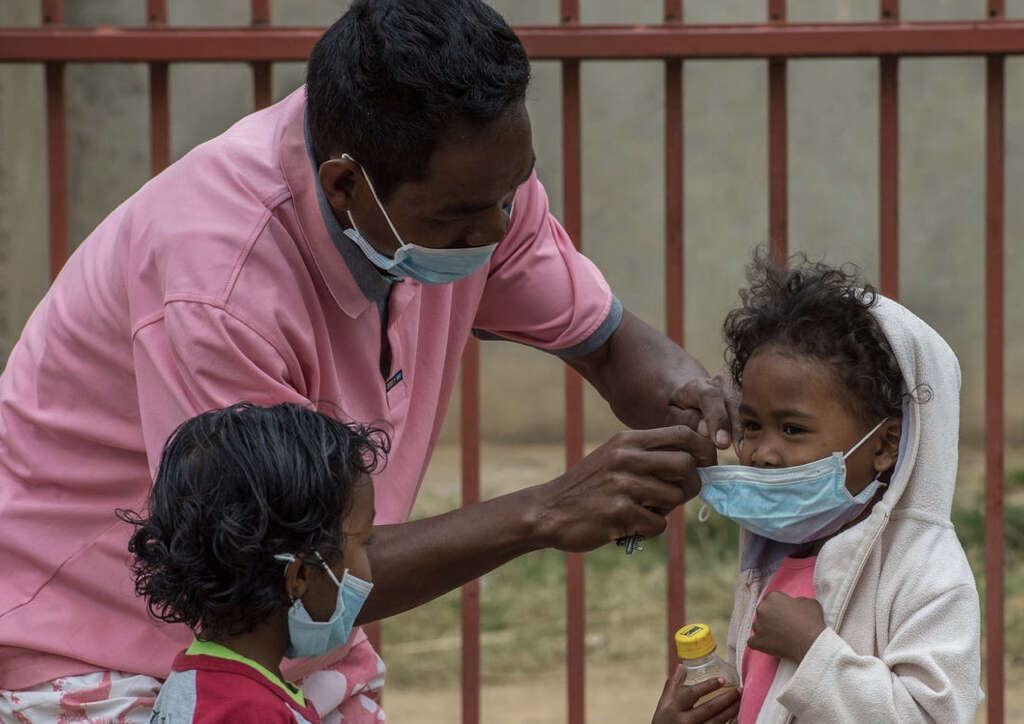
9. Complications
Bubonic plague is an extremely serious condition leading to a number of life-threatening complications. The fatality rate is high, and even people that do have access to treatment may die. Depending on the variety, gangrene can disrupt blood flow and cause extensive decay of the flesh. High levels of bacterium in the body can result in shock that can result in fatalities.
Respiratory failure and the failure of other organs can also result in some fatalities, while meningitis is also a cause of death in a small number of cases. Some survivors will need to have some digits and other body parts amputated to help save their lives.
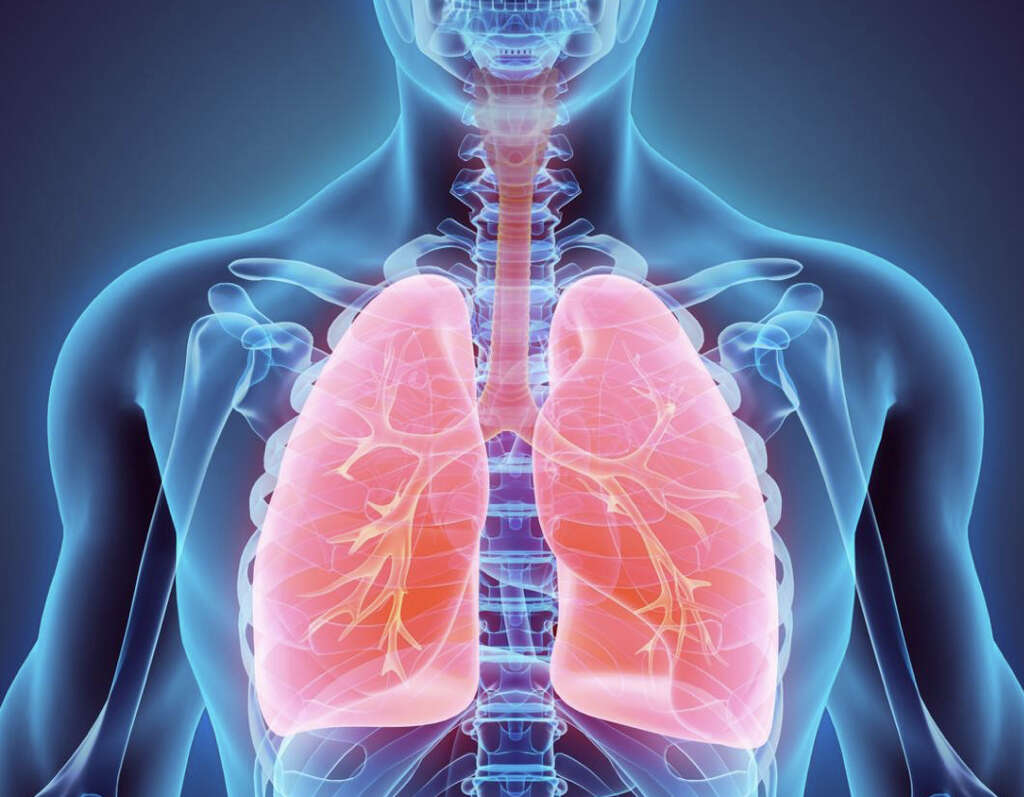
10. Treatment
If you do suspect a case of the plague then the patient should be found treatment immediately. It is an extremely aggressive disease and any delay can make the difference between life and death. In some cases, just being exposed to an infected person is enough reason to start treatment regardless of symptoms.
Despite its high fatality rate, the plague is treatable if it is caught early enough. Treatment is usually achieved with antibiotics, while the patient’s symptoms will also need to be treated in many cases. Most people that do receive treatment in time will recover in two weeks or so, albeit with permanent damage in some cases.











